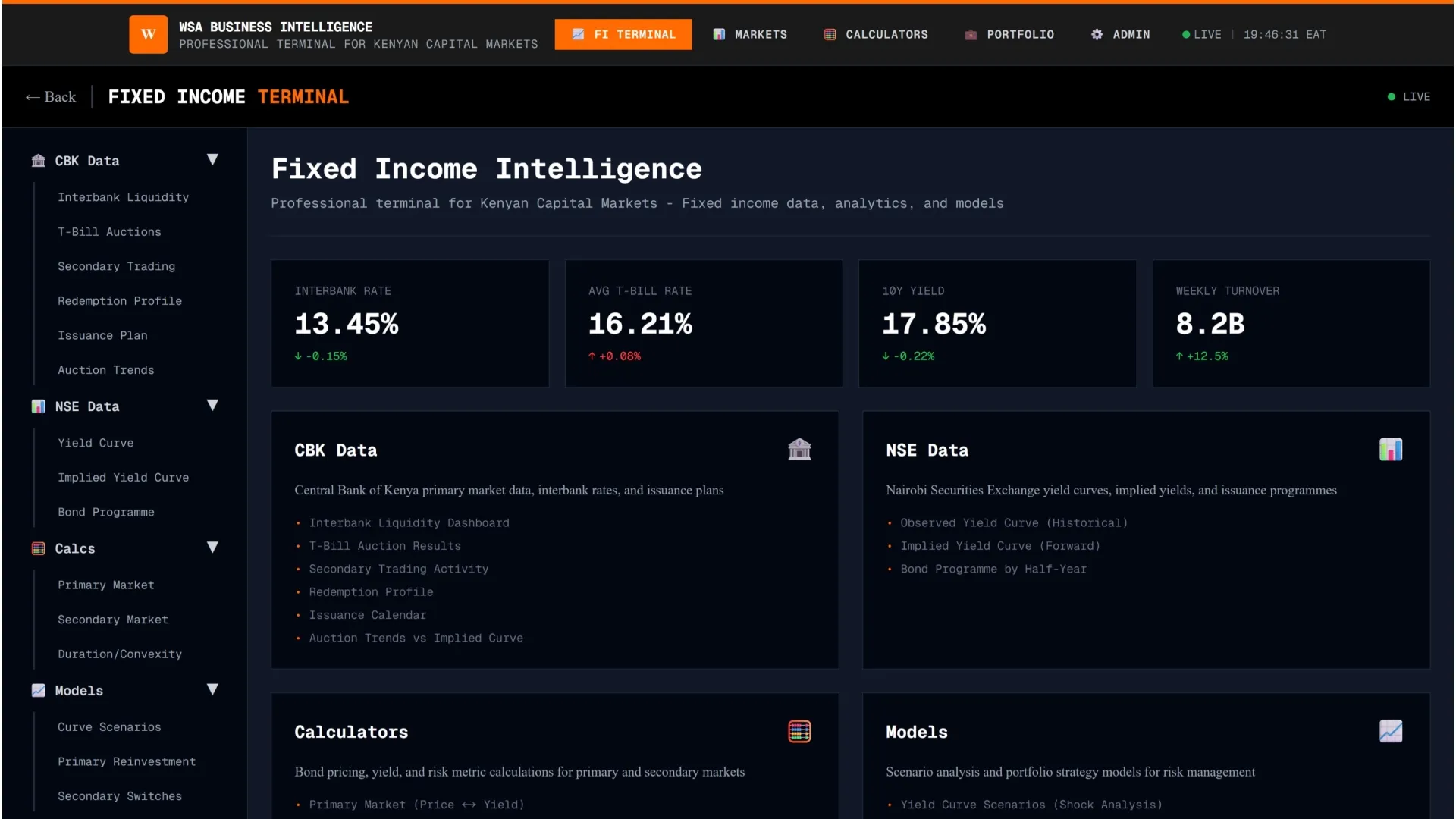Kenya’s bankers have agreed to implement the Central Bank of Kenya’s revised risk-based credit pricing model, a reform that will overhaul how loans are benchmarked and priced in the market.
- •The Kenya Bankers Association said lenders will roll out the framework from September 1, 2025, for all new variable-rate loans while existing loans will shift by February 28, 2026.
- •The change follows CBK’s August directive introducing the Kenya Shilling Overnight Interbank Average, or KESONIA, as the base rate.
- •Final lending rates will equal KESONIA as the benchmark plus a premium that reflects operating costs, shareholder returns, and each borrower’s risk profile, with fees disclosed separately.
The shift from a CBR-based to a market-driven benchmark is aimed at fairer loan pricing, rewarding creditworthy borrowers, and sharpening competition among lenders.
Implementation Timeline
Banks will update pricing models between September and November 2025, secure board approval, and file them with CBK. New loans will adopt the formula once approved. All variable-rate loans will migrate by the February deadline.
KBA said lenders view the change as a chance to expand access to credit for households and businesses. CBK expects the framework to improve transparency and strengthen the link between monetary policy and lending rates.
“This framework is not only about compliance, it is about giving borrowers a fairer deal and ensuring credit reaches more sectors of the economy.”
said KBA chief executive Raimond Molenje.
The reform follows consultations that began in April 2025, when CBK collected feedback from banks, industry groups, and global institutions. Respondents pushed for benchmarks tied to interbank rates, in line with global standards such as SOFR in the US and SONIA in the UK.
CBK will publish the daily compounded KESONIA rate and index at 9 a.m. Banks must disclose monthly lending rates, premiums, fees, and annual percentage rates on the Total Cost of Credit website.




